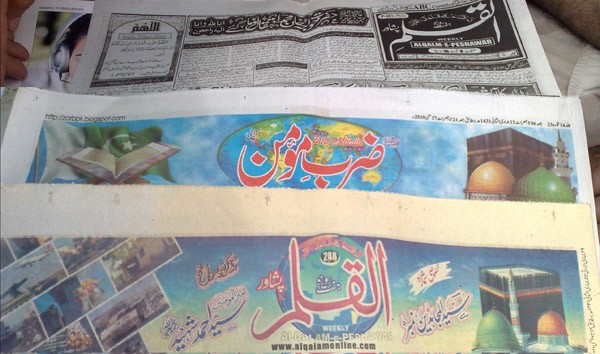

There are 82 sectarian organisations operating in Pakistan, out of which 22 are involved in violent sectarian activities and five have or had close working relations with militant groups.
Most of these organisations have their own official publicity organs to promote their agenda. Some individuals affiliated with these organisations are also present on the media.
The publications circulated by such organisations are easily available in parts of the country.
All sectarian publications are either monthlies or weeklies, and their outreach is limited to their supporters and sympathisers. The predominant purpose of these publications is to keep the organisations’ support-base informed and updated about their agenda and activities.
Madrassas in Pakistan are perceived as a crucial medium for promoting extreme religious, sectarian, social and political views. Apart from the influence they have over their students and individuals who offer prayers in their mosques, many madrassas use the publications to disseminate the intended message among the people. As with the sectarian outfits, the outreach of madrassa publication is confined to their students, followers and like-minded political, sectarian and militant organisations.
Many of the publications, in the present context, are extremely discrete in nature. They are not available in the public newsstands but are circulated among the members or cadres of the militant and sectarian organisations using extremely clandestine channels. They challenge the writ of the state, want to change the state or the structure of the state system based on their ideology, aspire to bring the state under specific sectarian, religious or ideological influences and seek separation from the state by suggesting the way of violence.
To counter legal action, the publications follow tactics employed by banned militant groups which resurface with different names after the ban. For instance, on March 6, 2002, the federal and provincial governments banned 22 magazines. But they are still available in the market under new names. To monitor and curb them is difficult because they keep changing the names of the publications.
The law enforcement agencies have no legal mechanism to ban them. When a banned publication reappears, the process to ban it again takes more than eight months.
The law enforcement agencies and intelligence operatives need to be trained to check such propaganda tactics.
These propaganda products are usually aligned with their intellectual and militant ideologies.